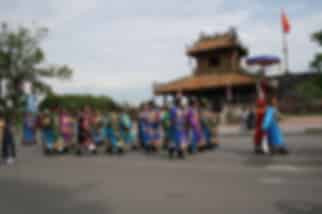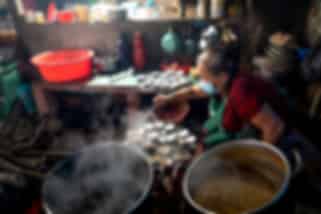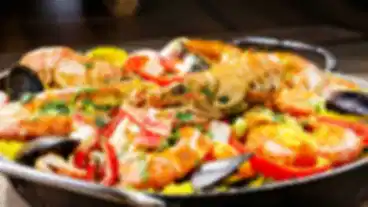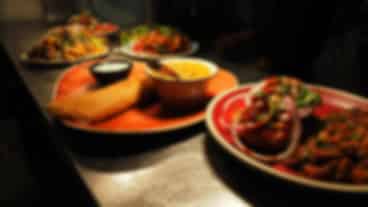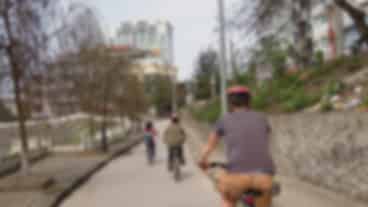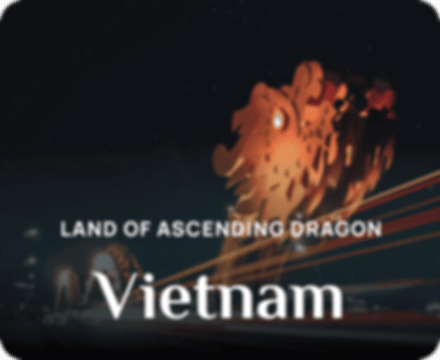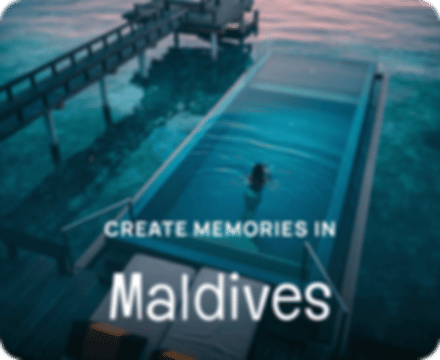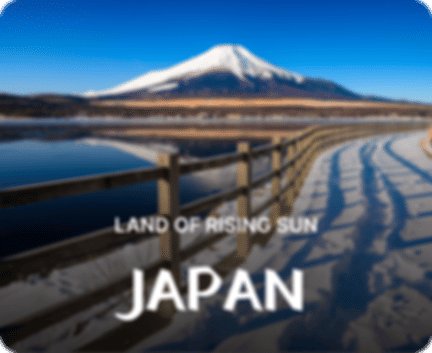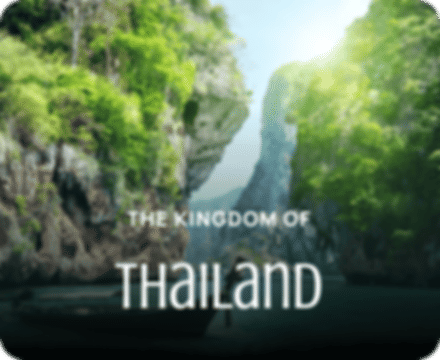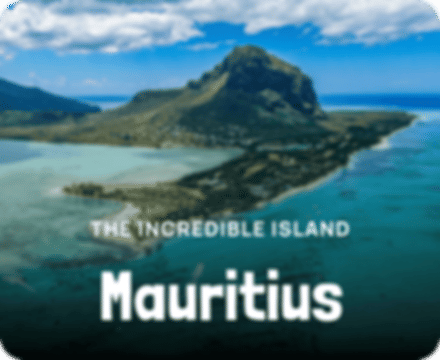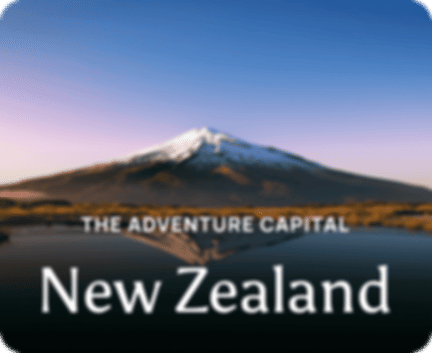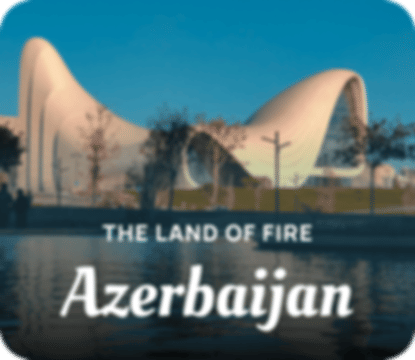Traditional Fishing Villages in Vietnam 2026: A Practical Travel Guide
Author
Anvie Shrivastava
Updated Date
November 21, 2025
Read
7 minutes
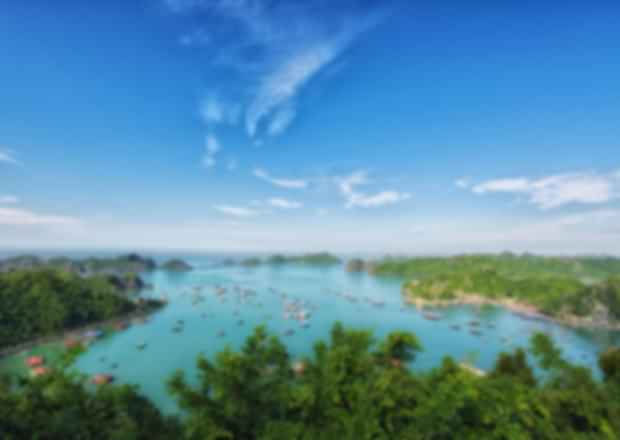
To truly experience the essence of Vietnam’s coast, start where the sea is not just a backdrop, but a way of life. Venture into the heart of traditional fishing villages in Vietnam, nestled between the striking vistas of Ha Long Bay and the sunny shores of Phu Quoc, as well as the stunning central coast. Here, you won’t find mere postcard settings; instead, you’ll explore vibrant, living communities where fishing nets, colourful boats, and bustling morning markets shape the daily rhythm of life. This guide takes you beyond glossy tours, offering practical routes, travel tips, and the best times to visit. Whether you’re planning your own route or want to explore with a Vietnam tour package, here’s how to experience the country’s fishing heritage up close.
Vietnam Fishing Villages
Vietnam’s fishing villages offer an authentic glimpse into coastal life, where culture, cuisine, and community thrive by the sea. Watch fishermen mend nets at dawn, families sell the day’s catch, and floating homes sway with the tide. Explore stilt-house villages like Lang Co and Vung Ro, or serene escapes such as Lang Co Lagoon, Vung Ro Bay, and Ham Ninh Village in Phu Quoc for a true taste of Vietnam’s maritime charm.
Top Traditional Fishing Villages to Visit in Vietnam
Cua Van ( Floating Village ) – Ha Long bay / Cat ba.
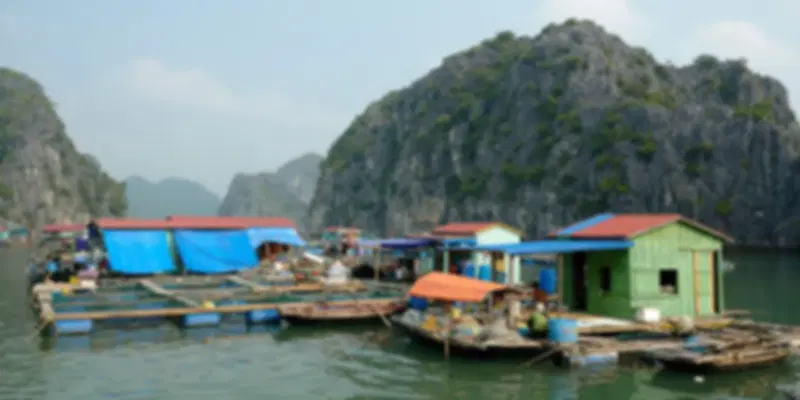
Located in Cat Ba, a settlement constructed on the water that can only be accessed by boat. Previously a centre of hundreds of fishermen, and now a smaller yet symbolic community with a Floating Cultural Centre. Visit in the mornings and take photos, and have tea with local people.
- Time: Half-day to overnight.
Vung Vieng – Lan Ha Bay
Silent anchorage with kayak tours, and small groups of houses. Not as commercial as Ha Long proper, and will provide a glimpse of the real bay life.
- Time: 2–4 hours.
Ham Ninh – Phu Quoc (East Coast)
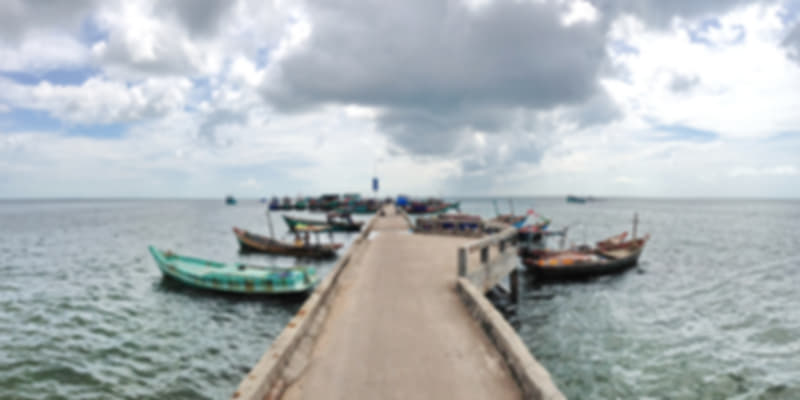
The city boasts of its old pier, tidal views and markets that offer Phu Quoc crab. Visit at sunrise to see the fishermen return.
- Best season: November–March.
- Time: Half-day.
Rach Vem – North Phu Quoc
A quirky floating village with stilted restaurants and shallow turquoise water. Give the local seafood a try and take pictures at the shaky pier.
- Time: 2–3 hours.
Lang Co near Hue (Central Coast)
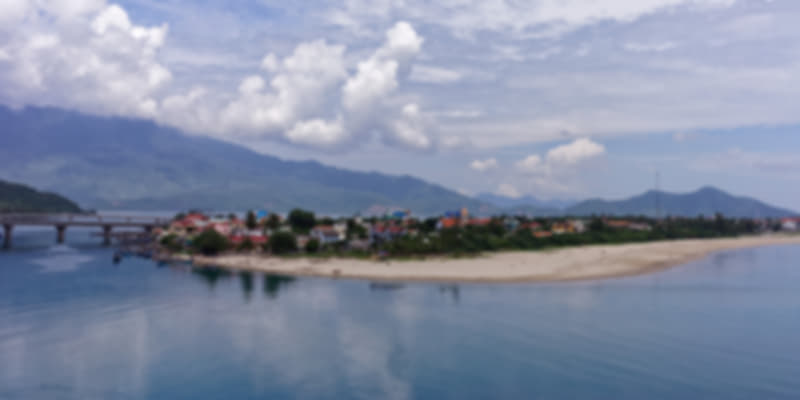
A bridge between mountain and sea, morning markets, and driving over the Hai Van Pass. Good seafood, serene beaches, and authenticity.
- Time: Half-day to overnight.
Vung Ro – Phu Yen
A hidden gem in the south-central coast of Vietnam, where you can visit lobster farms and aquaculture cages. Travel by boat to have a close look at the marine industry in Vietnam.
- Time: Half-day minimum.
Best Time to Visit Fishing Villages in Vietnam
Timing is a huge part of your Vietnam Tour. The long S-shaped coastline of Vietnam results in extreme weather changes from north to south.
- Ha Long Bay / Cat Ba: Ha Long is the clearest from September to December, when the skies are blue and the sea calm, thus becoming ideal for a kayaking trip and capturing the images of Cua Van floating village at sunrise.
- Phu Quoc: Phu Quoc has a dry season from November to April, which is characterised by calm seas and sunny skies, ideal for visiting Ham Ninh or Rach Vem.
- Central Coast: January to August is best for beach conditions and road trips between Hue, Lang Co, and Hoi An.
Pro tip: Visit the north in autumn, the south in winter and the central region during dry spring. Things keep changing quickly along the Vietnam coasts, so always double-check the local forecasts twice before committing to any boat tours.
How to Reach Vietnam’s Fishing Villages & Local Transportation Tips
It takes you to the Vietnamese fishing villages, depending on what your base is:
- Ha Long Bay/Cat Ba: Fly to Hanoi, change to Hai Phong or Tuan Chau and take a boat or cruise to floating villages such as Cua Van or Vung Vieng.
- Phu Quoc: Fly directly to Phu Quoc International Airport, then use a cab for a sightseeing day tour to Ham Ninh or Rach Vem.
- Central Coast (Lang Co, Tam Thanh, Vung Ro): Fly to Da Nang or Hue, and drive along the coastline to see the beautiful sea.
Safety and Travel Essentials for Vietnam’s Fishing Villages
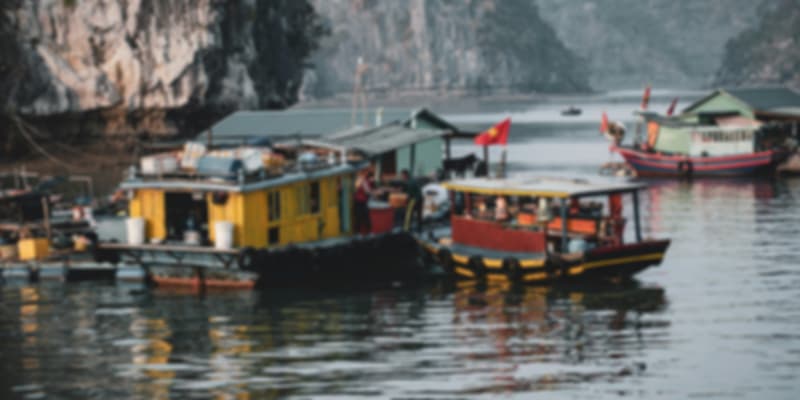
Fishing is done using tides and not exact schedules or timetables. Some preparation is needed to ensure your safety and to avoid danger which can ruin your trip.
- Safety first: Before taking boats, ensure that there are life jackets, working motors and emergency contacts.
- Dawn Visits: The markets start early; take a torch to the dark piers, and wear shoes with a good grip
- Accessibility: Floating rafts may be challenging to access – in case you have mobility limits, make sure you can get there by checking with the facilities beforehand.
- Pricing: The boat rental rates and time should be agreed upon in writing. Vietnamese time can be flexible; “maybe later” often means “much later.”
To have a stress-free experience in the country, a custom Vietnam package that includes boat pickups, transfers, and guides is worth the investment.
Responsible Travel & Local Etiquette in Vietnam’s Fishing Villages
They are working communities and not artificial tourist areas. Respect is your entry ticket and a key tip for a well-rounded trip.
- Ask before taking a photo, particularly in the workplace, residence and a place of worship.
- Dress modestly; even beach towns have shrines and ancestral altars all around.
- Do not purchase or consume limited species of seafood – your order determines the surrounding ecosystems.
- Eliminate single-use plastics, carry a reusable bottle, and pack out trash.
- Use local Vietnam homestays and guides for a more authentic experience.
Photography Tips for Vietnam’s Fishing Villages
Here, photography is more of a matter of patience and timing than equipment.
- Go in the morning or golden hour – soft lighting can help you upgrade your aesthetics.
- A wide-angle lens (50-85mm) can be used to shoot boats, reflections, as well as portraits.
- Glare on the water can be controlled with the help of polariser filters.
- To take pictures at night or for squid-fishing, increase the ISO and carry a tripod.
- It is best to ask before close-up portraits, volunteer to share or print photographs as a token of goodwill.
Tip: Want more immersion? Go fishing with a fisherman at Ham Ninh, see lobster farms in Vung Ro or see fish-sauce factories on Phu Quoc. These experiences bring you closer to the coast than a resort can ever do.
Vietnam Tour Package @ ₹ 36,199
Final Thoughts: How to Experience Vietnam’s Fishing Villages Fully
A visit to Vietnam’s fishing villages is a serene tour that demands patience. Schedule for at least 2-4 hours in each village, along with staying overnight, where you can see both sunrise and sunset. Everything is characterised by weather patterns. Ha Long Bay is glittering between October and December; Phu Quoc and the south coast of Vietnam are shining between November and March. It is advisable to stay out of stormy months.
If you are attracted to a flawlessly organised tour, the Vietnam tour packages offered by Pickyourtrail are worth it. We encompass tailor-made itineraries, transfers and 24/7 support lines so you can focus on experience, not logistics. Our customised Phu Quoc and Central Vietnam tours can come in particularly handy in case you desire all the beauty of the coast, but would like to avoid the hassles of schedules.
FAQs
When is the best time to see Vietnam’s floating villages clearly?
October to December (autumn-early winter) is the clearest month at Ha Long Bay, with Phu Quoc and the Southern islands being the most suitable during the dry season (November-March).
Can I join the fishermen for work?
Sometimes – but only with permission. Responsible operators like Pickyourtrail can organise ethical experiences such as net-hauling or squid fishing.
Are floating villages accessible to people with mobility issues?
Not necessarily, piers and rafts may also be uneven. Enquire with your tour company whether there are support boats or railings.
What should I pay for safety on a boat?
Licensed boats, good life jackets, and good reputation operators should be given priority. Paying a little more ensures both safety and quality.
How do I support local communities responsibly?
Stay in homestays, consume local food, employ village guides, and not mass-tourism agencies. These communities of the coast are maintained by every minute gesture to keep them alive for visitors.
Recommended articles for you
Discover Packages


Need help in planning?
Talk to our Travel Experts


